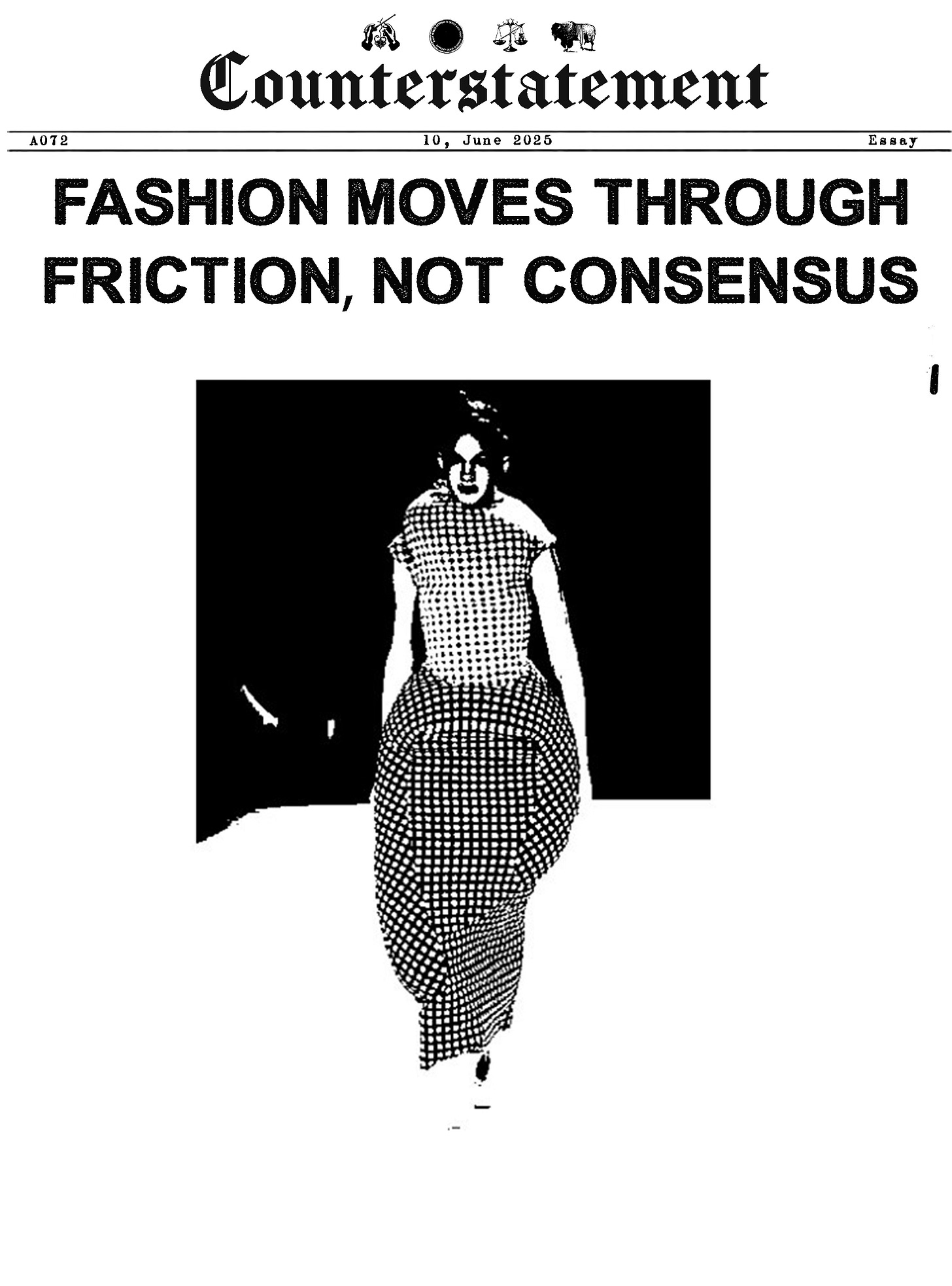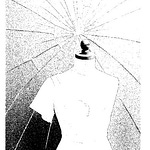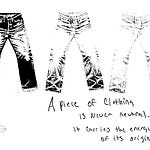Why Fashion That Offends Is Often the Fashion That Lasts
There’s a silent killer of creative potential lurking in every new brand, every fledgling collection, every idea still fragile enough to be broken by feedback. It’s not lack of funding. It’s not technical skill.
It’s the fear of alienating anyone.
The moment a designer tries to please everyone, the work dies.
Not literally, but spiritually.
It becomes the aesthetic equivalent of a nod, polite, inoffensive, instantly forgettable. It might get applause, but it will never get obsession.
Because fashion, if it’s going to matter, must be divisive.
Consensus Is the Death of Character
We live in a time where metrics have replaced instinct. Designers are trained to optimize for likes, shares, and universal approval, as if dressing the algorithm is more important than dressing a body with conviction. But culture doesn’t move forward through agreement. It moves through rupture.
Every movement worth remembering began in defiance.
Punk didn’t ask permission.
Comme des Garçons was mocked before it was mythologized.
Rick Owens’ early work was called “unwearable” by the exact people who now bow at his feet.
If your fashion doesn’t cause a few people to flinch, raise an eyebrow, or whisper “What the fuck is that?”, you’re probably not close to anything culturally potent.
Unlikability is a Feature, Not a Flaw
We’ve been conditioned to think of unlikability as a design flaw. But in truth, it’s often the clearest signal that you’ve touched something real, something raw, unresolved, or just unfamiliar enough to challenge the norm.
Great fashion doesn’t strive to be universally adored.
It strives to be unmistakably itself.
That means some people will love it with a religious fervor. Others will walk away in confusion or contempt. Both are signs you’ve made something worth remembering.
Polarization is Power
The middle is where creativity goes to die.
Playing it safe might get you a few extra customers, but it will never get you believers. And believers, those emotionally converted to your brand’s point of view, are the ones who build movements. They spread your gospel. They turn garments into identity.
So lean into the friction.
Name an enemy. Take a stance. Dress a feeling no one else is brave enough to name.
You don’t need mass appeal.
You need magnetic tension, something that repels the wrong people so the right ones can find you with clarity.
Subcultures Birth Cult Brands
Look at any brand with a devoted following and you’ll find it was born in a subculture.
Not a demographic, a worldview. A style tribe. A cultural fault line.
Fashion isn’t about reaching everyone. It’s about building an altar for the few who feel like no one else sees them.
The power isn’t in being popular. It’s in being specific.
That’s how cult brands are made, not by appealing to the many, but by electrifying the few.
The Magnetic Field Effect
Great fashion operates like a magnetic field.
It pulls the right people in, and just as importantly, it pushes the wrong ones away. That’s how energy builds. That’s how identity forms. That’s how a brand stops being a product line and becomes a belief system.
When you try to be for everyone, you become a mirror with no reflection.
But when you create with intensity, allegiance, and friction, you become a beacon, one that signals to your people:
“You belong here. And they don’t.”
And that’s when fashion starts doing what it’s meant to do,
Not just reflect culture, but move it.













